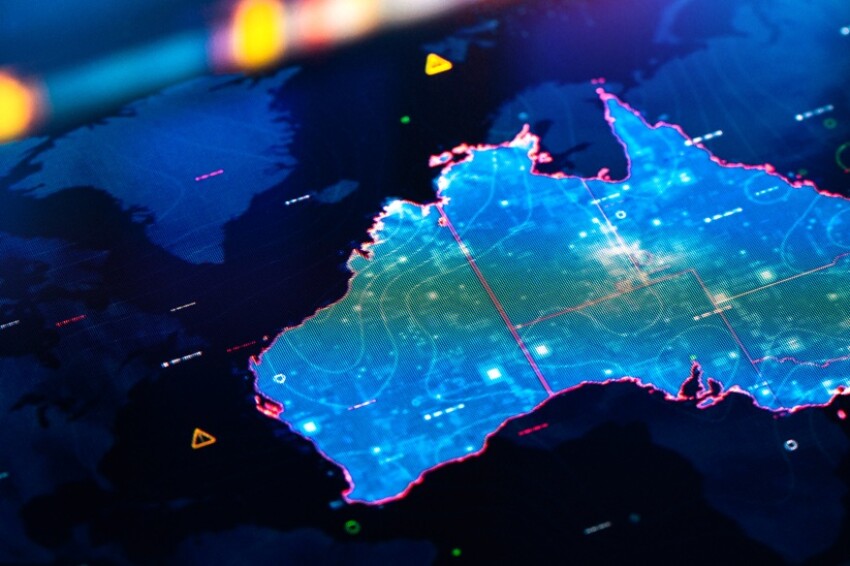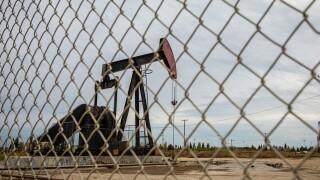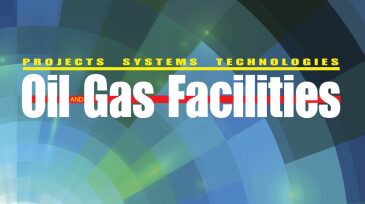Onshore/Offshore Facilities
Estimates commissioned by the Australian government suggest that increasing efficiency will lower costs for decommissioning offshore Australia.
This paper introduces an AI-driven digital fencing system designed to boost security in oil and gas fields. The main objectives are to improve security and safety of oil and gas facilities while addressing the limitations of legacy physical barriers, reducing false alarms, and eliminating the dependability on the grid in favor of renewable energy.
The contract will cover the design and manufacturing of tree systems, flexible flowlines, a manifold, and controls, as well as installation of the subsea production system.
-
Systematic experimental and modeling approaches to designing a safe operating strategy for a 5-km deepwater-subsea-flowline case study are presented to address unplanned shutdown and restart events for waxy-crude production.
-
This paper presents results from an ongoing research project (SINTEF 2011) on pressure-tolerant power electronics. The main goal of the research is to provide and demonstrate solutions that enable power-electronic converters to operate in pressurized environments.
-
Operators are increasingly recognizing the need for a systematic assessment and management of flexible pipe integrity, but the identification of critical criteria and the means to best achieve valid and efficient inspection and monitoring (I&M) continues to evolve.
-
The selection criteria for multiphase boosting options remain somewhat subjective. A comprehensive literature review into the working principles of the major pump types identified the intrinsic advantages and limitations of each technology for subsea and downhole applications.
Page 218 of 218







